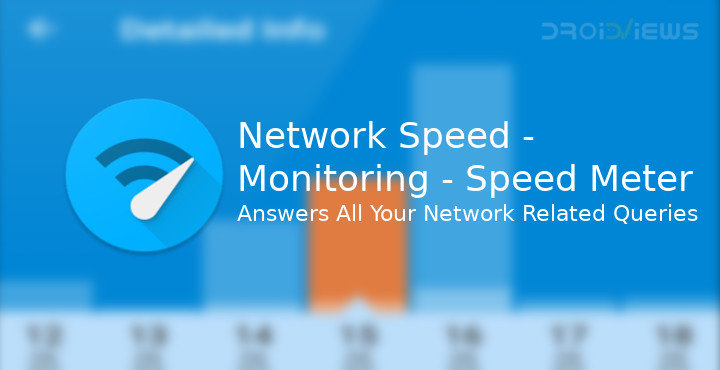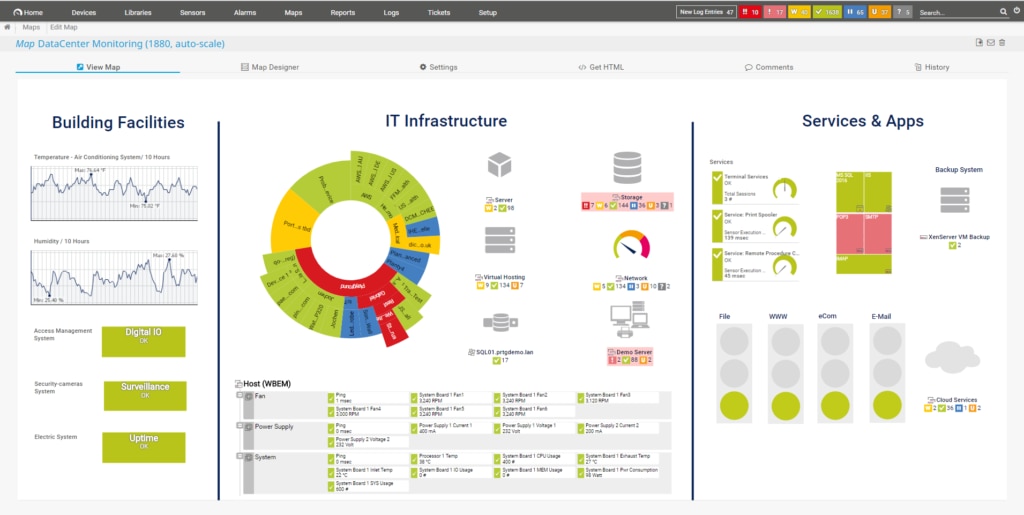

In addition, the continuous exploitation of fossil fuel sources causes hard-to-repair damage to the environment and various ecosystems.

Such a situation is unacceptable because countries without resources are strongly dependent on external partners. In addition, countries that do not have fossil fuel sources become dependent on other countries that have this type of fuel source. The use of fossil fuels not only causes a lot of environmental pollution (such as the release of a lot of CO 2, solid particles, etc.) but the amount of this type of fuel is also limited. Currently, most energy comes from fossil fuels such as oil, gas, coal, etc. The voltammetric characteristics of a bifacial type battery, a new silicon battery and a 10-year-old battery basically match, which means that the silicon active material of all types of batteries has a similar alloying degree and the same internal resistance.Īs industries develop and the population grows, the amount of energy consumption also grows. Analyzing the data, it was found that the efficiency of bifacial type batteries is about 15–20% higher than that of traditional, silicon-based solar batteries. Observations lead to the conclusion that such a network can be fully used in solar power parks as an alternative to the GSM network. During the testing of this network, observations of the working parameters of the 870 W solar power plant were made.

The central server has the ability to display data not only on the graphical output device, but also to transmit it to mobile devices using the Android operating system. The data of the operating parameters of the solar power plant are stored centrally on a server, in a MySQL database. PIC series microcontrollers with original programming code written in the C language were used to ensure the operation of the monitoring system and the hybrid data network. This network consists of RF modules, RS458 modules communicating with a twisted pair cable, a GSM module, etc.

In solving this problem, a hybrid data transmission network (there are no universal hybrid network concepts proposed in the literature for monitoring the operating parameters of a solar power park) was designed and tested for the monitoring system of the working parameters (voltage, current, etc.) of the solar power plant. In addition, in order to monitor the parameters of each solar module, a very dense arrangement of IoT components would be required, as a result of which the speed of the external network would not be sufficient. Often, solar power parks are built in remote areas where the provider’s internet connection using the GSM network is insufficient.


 0 kommentar(er)
0 kommentar(er)
